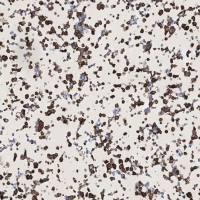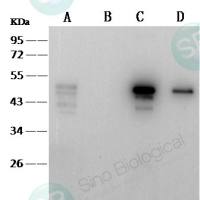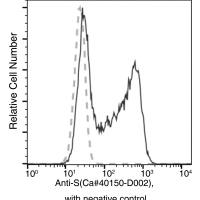Antibody Development and Use in Chromogenic and Fluorescent Immunostaining
互联网
1942
Antibody-based detection of protein distribution patterns both in wholemount and on sections revolutionized Xenopus research and ushered in the visual-based era of Xenopus data presentation. The ability to view the distribution of a gene product throughout an embryo makes it possible to rapidly map normal expression profiles and profiles that have been altered by an experimental intervention. The main limiting element in Xenopus immunostaining techniques has always been the availability of antibodies that work well on fixed whole embryos, a problem that persists. However, new antibodies are constantly being generated and improvements in detection systems allow antibodies that were once below the limits of detection to be utilized in multichannel immunofluorescence using tyramide amplification.









